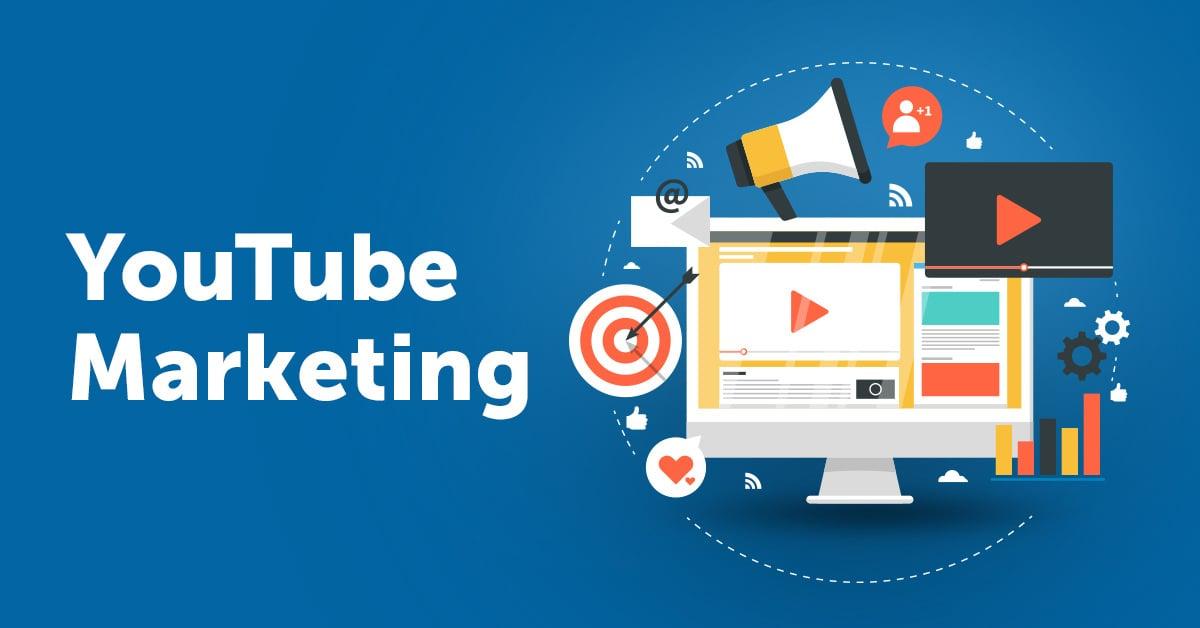
In an era where video content reigns supreme, YouTube stands as a colossal platform for creators and brands alike, offering an expansive canvas to showcase creativity, promote products, and engage with audiences.However, amid the allure of captivating visuals and viral trends lies a complex web of legal considerations that marketers must navigate. From intellectual property rights to advertising regulations, the legal landscape of YouTube marketing is multifaceted and ever-evolving. This article serves as a guiding compass for marketers looking to harness the power of YouTube while staying compliant with the law. Join us as we explore the intricacies of copyright considerations, disclosure requirements, and platform-specific guidelines, equipping you with the knowledge to enhance your marketing strategy while safeguarding your brand’s integrity. Whether you’re an aspiring influencer or a seasoned marketer, understanding the legal boundaries of this digital frontier is essential for success in the dynamic world of YouTube.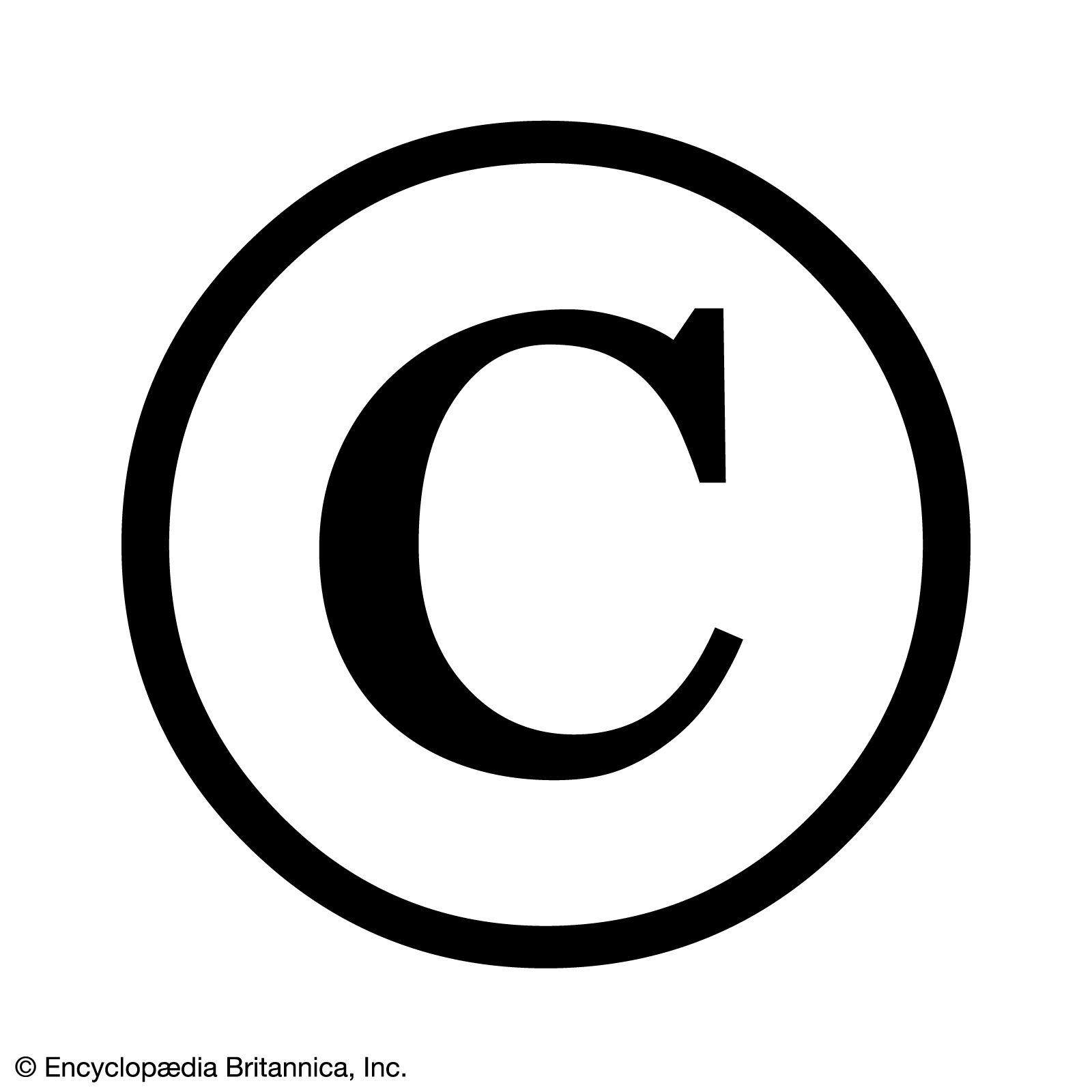
Understanding Copyright and Fair Use in YouTube Content
Copyright serves as the backbone of intellectual property rights, ensuring that creators maintain control over their work. On YouTube, this becomes especially important as user-generated content often incorporates various media forms, such as music, images, and video clips. To navigate the complex realm of copyright,creators must understand what constitutes copyrighted material. Key points to consider include:
- Original works are protected from the moment of creation.
- Using copyrighted materials without permission can lead to content ID claims, strikes, or channel termination.
- Creators can seek licenses or use materials that fall under public domain or are available under Creative Commons.
Fair use represents a legal doctrine that permits limited use of copyrighted material without seeking permission, primarily for purposes such as commentary, criticism, or education. However, distinguishing fair use can be subjective and context-dependent. To evaluate whether your use qualifies, consider these key factors:
| Factor | Description |
|---|---|
| Purpose | Transformative use for criticism or commentary can favor fair use. |
| Nature | Published works may be more permissible than unpublished ones. |
| Amount | Using a small portion might support your fair use claim. |
| Market Effect | If your use detracts from the original market, it may not be fair use. |
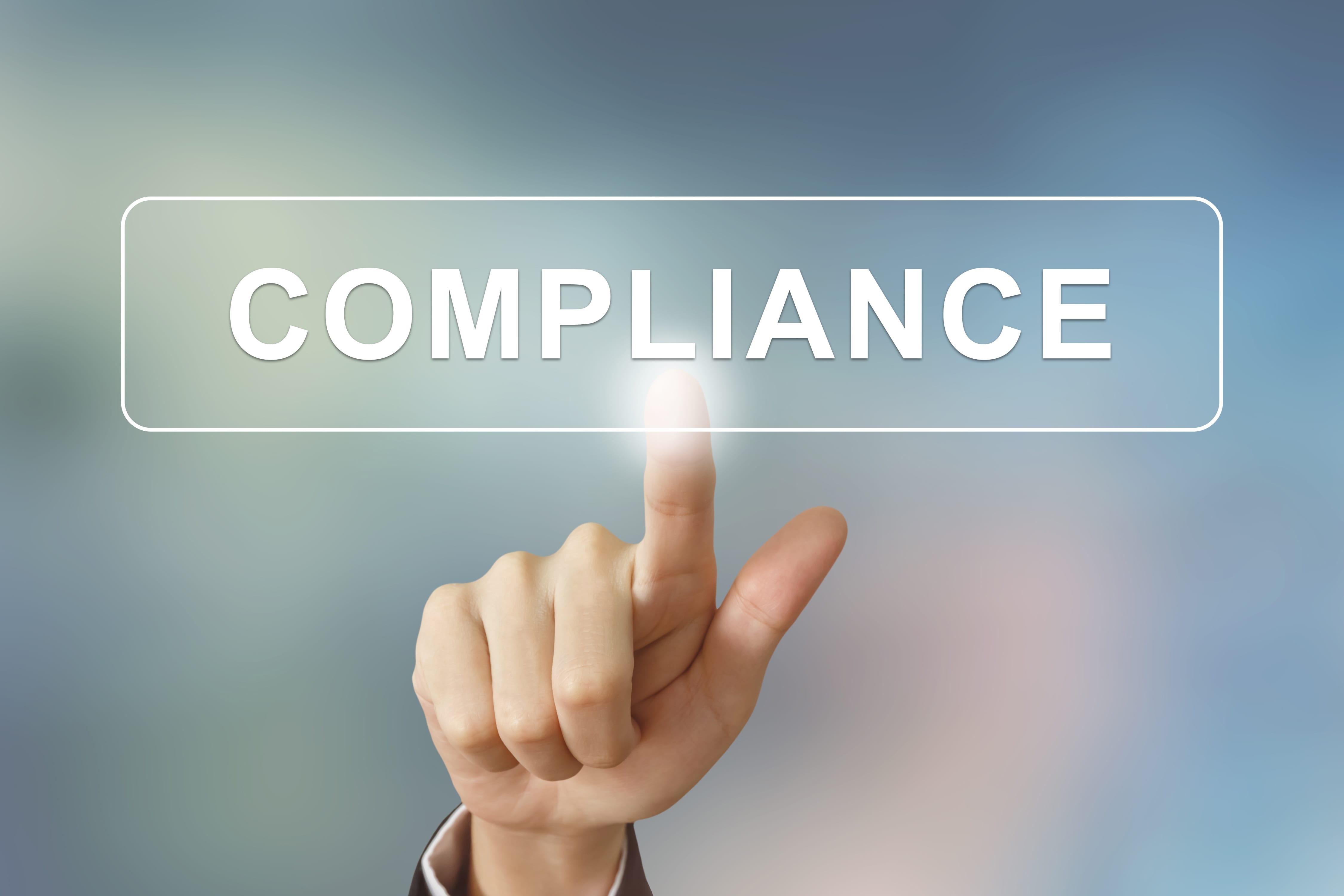
Compliance with Advertising Standards and Guidelines
As brands leverage YouTube for their marketing campaigns, adherence to advertising standards becomes increasingly crucial. This ensures that promotional content not only captures audience interest but also aligns with ethical guidelines. Creators and marketers must be aware of various legal frameworks that govern advertising practices, including the Federal Trade Commission (FTC) regulations. Following these standards promotes openness and fosters trust, allowing audiences to distinguish between organic content and sponsored messages. Key practices include:
- Disclosing Sponsorships: Clearly stating when content is sponsored or contains affiliate links.
- Targeting Ages Appropriately: Ensuring that ads don’t mislead or exploit children.
- Avoiding Misleading Claims: Presenting accurate information about products and services.
Incorporating compliance into your strategies not only mitigates the risk of legal repercussions but also enhances brand reputation. YouTube provides features like “paid promotion” tags that creators can utilize for full disclosure. It’s crucial for brands to regularly review and update their knowledge on advertising regulations as they evolve.Engaging with industry groups can also help marketers stay informed. Here’s a brief overview of some critical advertising principles:
| Principle | Description |
|---|---|
| Transparency | Clear labeling of sponsored content to ensure viewer awareness. |
| Fairness | Promoting products honestly without exaggerating benefits. |
| Accountability | Being prepared to address questions or complaints from viewers. |
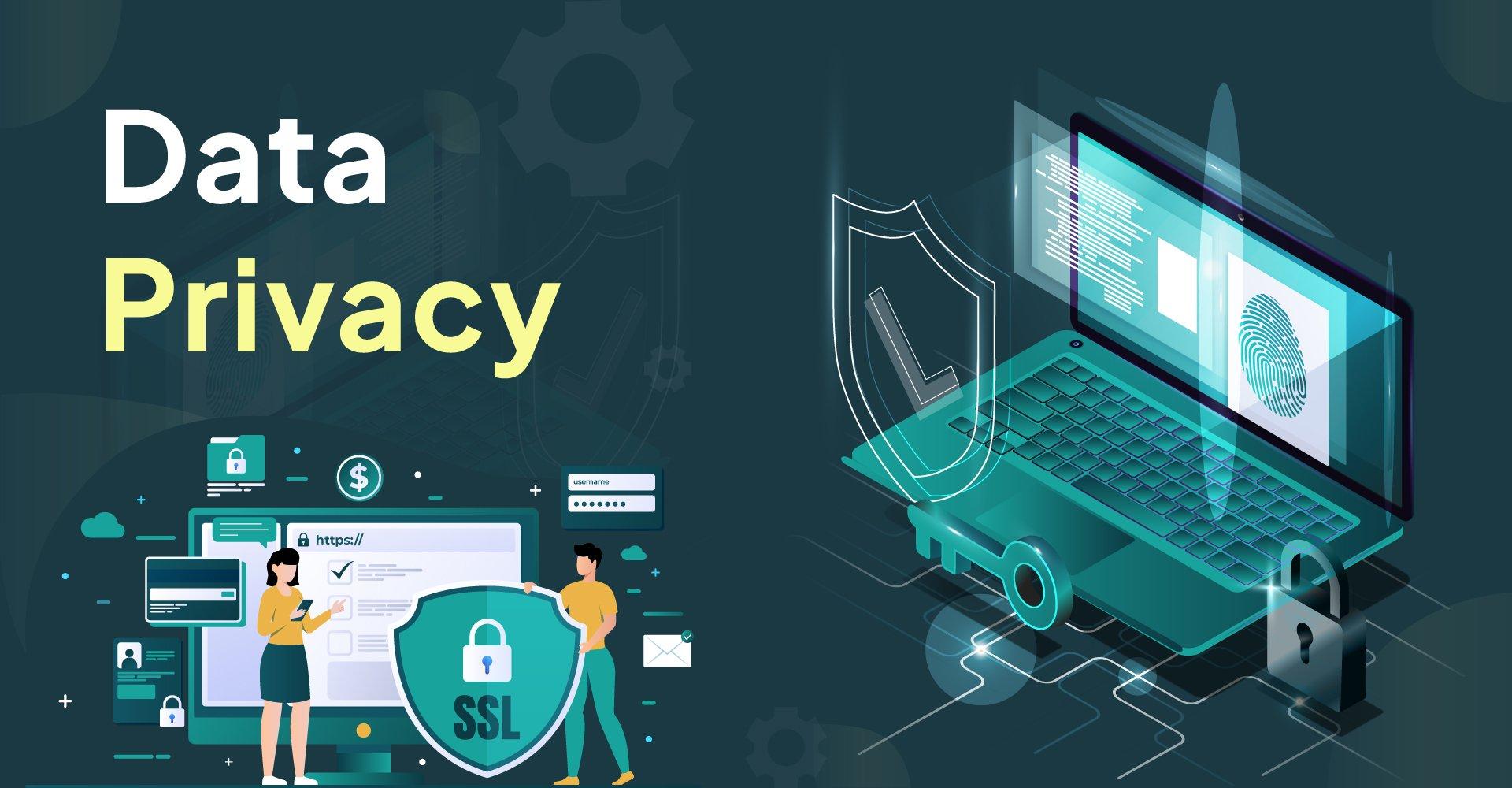
Data Privacy considerations for YouTube Marketers
In the dynamic world of YouTube marketing,data privacy considerations are paramount for marketers aiming to build trust and foster engagement with their audience. as regulations like the General data Protection Regulation (GDPR) and the California Consumer Privacy Act (CCPA) come into play, it is essential to comply with these laws while leveraging user data effectively. marketers should ensure that they collect, process, and store personal data only with explicit consent and provide obvious options for users to manage their privacy settings. This involves:
- Implementing clear data collection policies that specify what information is being gathered and why.
- Utilizing anonymization techniques to protect user identities whenever possible.
- Regularly auditing data sources and usage patterns to identify risks and ensure compliance.
Moreover, marketers should prioritize user education around data privacy rights, ensuring audiences are aware of their choices concerning personal data. Providing content that explains privacy practices can enhance transparency and strengthen viewer relationships. Additionally, maintaining up-to-date documentation on privacy policies and practices can foster accountability. key strategies include:
| Strategy | Description |
|---|---|
| Transparency | Clearly articulate data usage in accessible language. |
| Consent Management | Implement robust systems for obtaining and managing user consent. |
| Data Security | Enforce strong security measures to protect user data. |
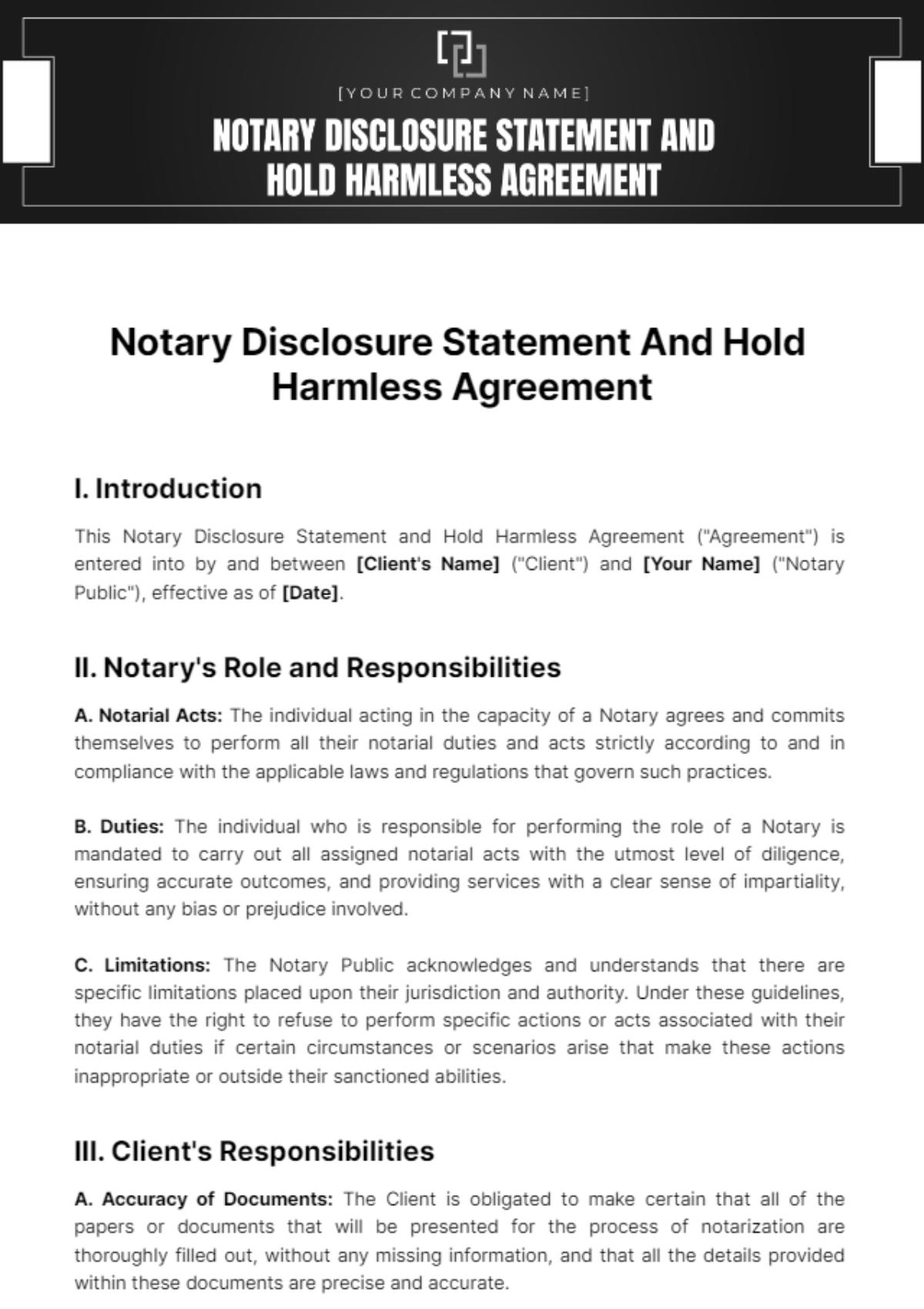
Mitigating Risks through Clear Disclosure Practices
In the fast-paced realm of YouTube marketing, transparency is not just a legal obligation but a cornerstone of building trust with your audience. To effectively mitigate risks associated with non-compliance, content creators must adopt clear disclosure practices that communicate their partnerships and sponsorships. This involves clearly identifying when content is sponsored or when the creator has received compensation for promoting a product. Taking proactive steps, such as incorporating the following strategies, can substantially enhance openness:
- Use Clear Language: Avoid vague terms; be direct about sponsorships.
- Utilize Platform Tools: Make the moast of YouTube’s built-in disclosure features.
- Educate Your audience: Inform viewers on why disclosures are made.
Furthermore, a uniform approach to disclosures across various platforms can reinforce your commitment to ethical marketing. By creating a disclosure framework that aligns with both regulatory requirements and industry best practices, marketers can foster credibility. Below is a simple comparison of effective disclosure types that can be used:
| Type of Disclosure | Description |
|---|---|
| On-Screen Text | Briefly indicates sponsorship at the beginning or end of the video. |
| Verbal Disclosure | A spoken statement clarifying the nature of the partnership. |
| Video Description | A detailed explanation in the video description box. |
Concluding Remarks
As we conclude our exploration of the intricate legal landscape surrounding YouTube marketing, it’s clear that navigating this domain requires a blend of creativity and caution. From copyright issues to advertising regulations, understanding the legal nuances is essential for marketers seeking to thrive in this dynamic environment.
By staying informed and compliant, creators can harness the power of youtube to reach and engage audiences without the risk of legal pitfalls. As the platform continues to evolve, so too will the laws and regulations that govern it. Thus, it’s crucial for marketers to remain vigilant, embracing both innovation and responsibility.
In this rapidly changing digital world, a strong legal foundation not only protects your brand but also fosters trust and credibility with your audience. So, as you embark on your YouTube marketing journey, remember to arm yourself with knowledge and seek guidance when necesary. After all, the path to success is paved with informed choices, and in the realm of online marketing, a little legal savvy can go a long way. Happy creating!